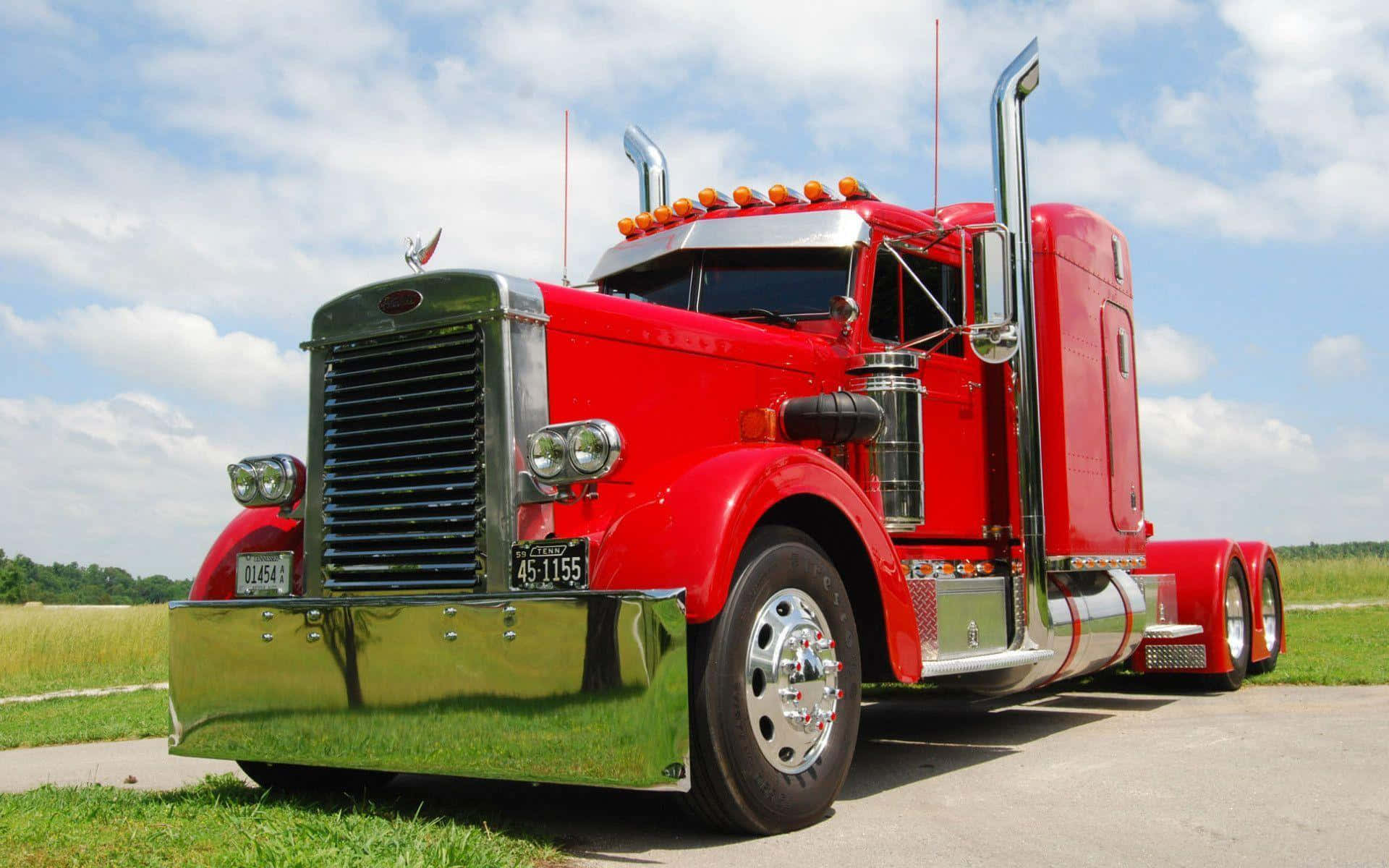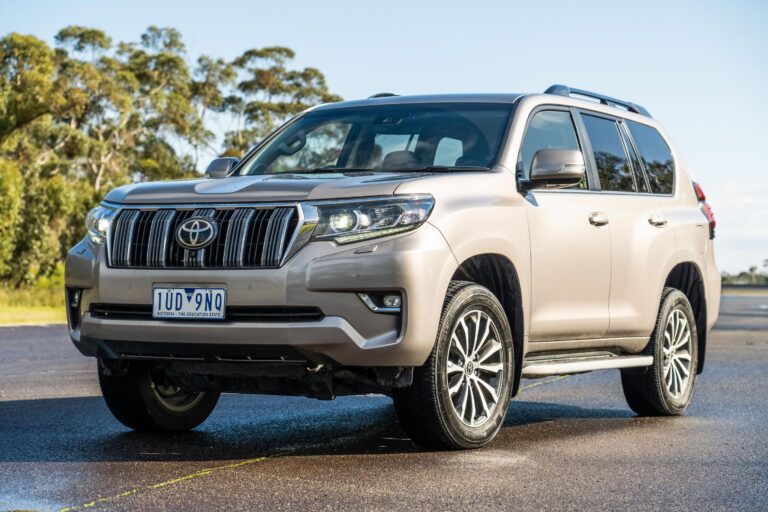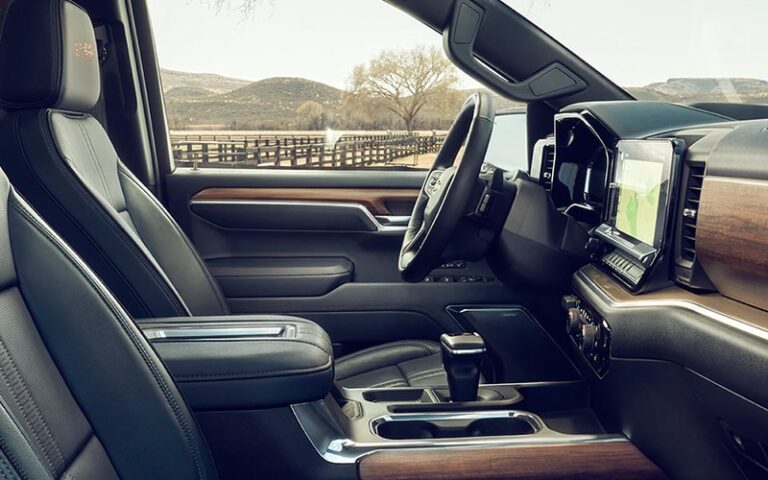Truck Cab Typical Components: The Heartbeat of the Hauling Machine
Truck Cab Typical Components: The Heartbeat of the Hauling Machine cars.truckstrend.com
The truck cab, often overlooked by the casual observer, is far more than just a metal box; it is the nerve center, the mobile office, and the temporary home for the professional truck driver. Every journey, every delivery, and every mile covered begins and ends within its confines. Understanding the typical components of a truck cab is crucial not only for drivers and fleet managers but also for anyone interested in the intricate engineering that keeps the world’s supply chains moving. These components are meticulously designed to ensure safety, comfort, efficiency, and connectivity, transforming what could be a grueling job into a manageable and, at times, even enjoyable experience. This comprehensive guide will delve into the essential elements that define a modern truck cab, exploring their functions, benefits, considerations, and the evolving landscape of cabin technology.
The Command Center: Dashboard and Controls
Truck Cab Typical Components: The Heartbeat of the Hauling Machine
At the forefront of any truck cab lies the dashboard and its array of controls – the driver’s primary interface with the vehicle. This "command center" is where crucial information is displayed, and vital functions are managed.
Key Components:
- Steering Wheel: Beyond directional control, modern steering wheels often integrate controls for cruise control, audio, phone calls, and even dashboard menu navigation, keeping the driver’s hands on the wheel and eyes on the road.
- Instrument Cluster: Traditionally housing analog gauges for speed, RPM, fuel level, oil pressure, and air brake pressure, many contemporary trucks feature digital or hybrid displays. These provide customizable information, diagnostic alerts, and trip data.
- Switches and Buttons: Dedicated controls for lights, wipers, HVAC, differential locks, power windows, mirror adjustments, and auxiliary equipment are strategically placed for easy access.
- Pedals: Accelerator, brake, and clutch (for manual transmissions) are fundamental for vehicle operation. Their placement and ergonomics are critical for driver comfort and fatigue prevention.
- Gear Selector: Whether a traditional stick shift for manual transmissions or a rotary dial/push-button system for automatics, this component controls the truck’s forward and reverse motion.

Benefits & Considerations: Ergonomics are paramount here. Controls must be intuitive and within reach to minimize driver distraction and fatigue. Digital clusters offer greater flexibility and information density, but require clear, legible graphics. Maintenance involves ensuring all switches function correctly and gauges provide accurate readings. Challenges can arise from complex interfaces or poorly lit controls, leading to driver frustration or safety hazards.
Ergonomics and Comfort: Seating and Interior Layout
Given the long hours spent behind the wheel, the comfort and ergonomic design of the seating and overall interior layout are non-negotiable.
Key Components:
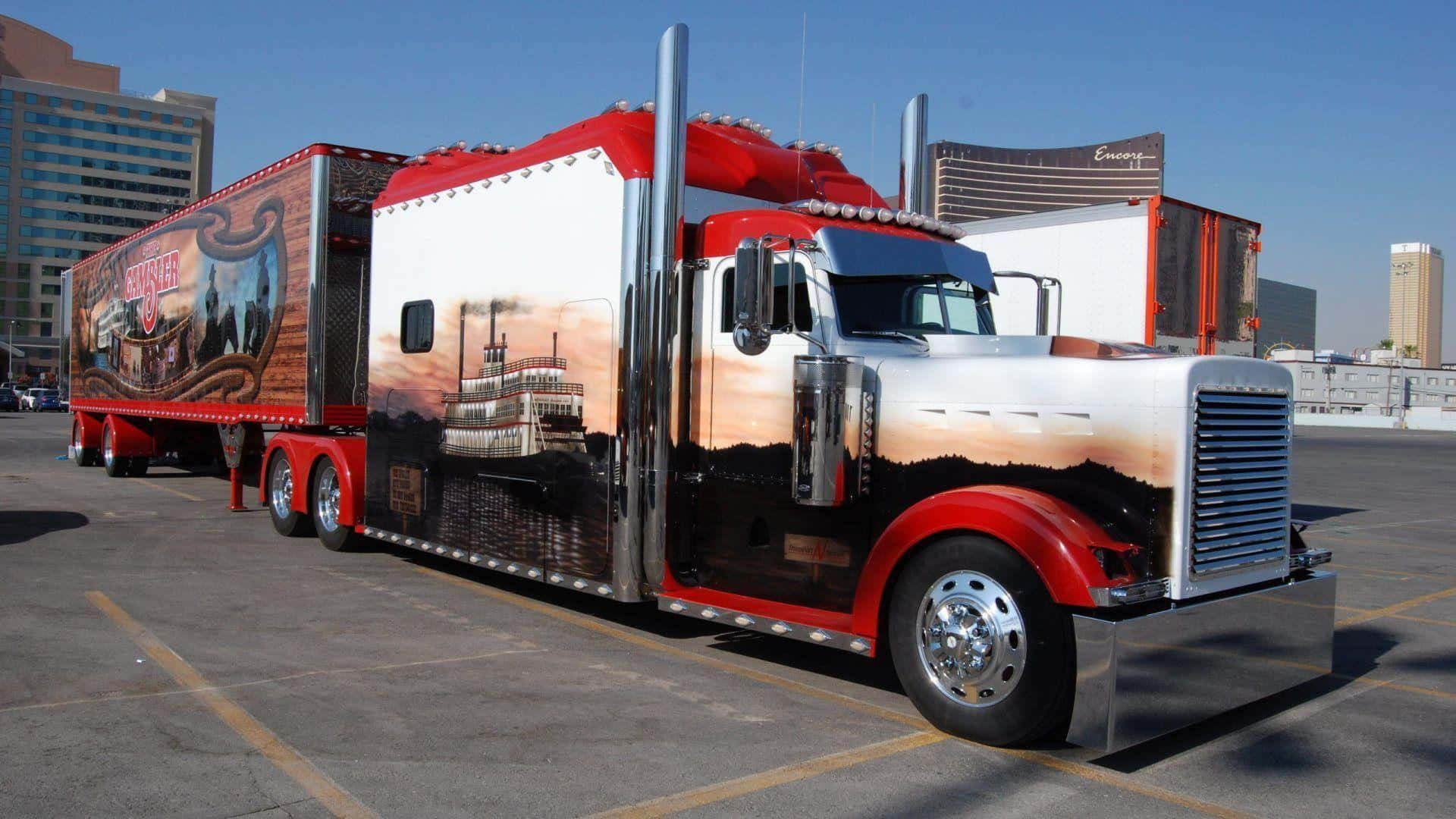
- Driver’s Seat: Often the most sophisticated component, featuring air-ride suspension, multiple adjustments (lumbar support, recline, fore/aft, height), heating, and ventilation. These features are vital for reducing fatigue and preventing musculoskeletal issues.
- Passenger Seating: Varies from basic bench seats to more comfortable individual seats, depending on the truck’s purpose.
- Sleeper Berth (for over-the-road trucks): A dedicated sleeping area, ranging from basic bunks to elaborate "condo" sleepers with refrigerators, microwaves, and entertainment systems.
- Storage Compartments: Overhead bins, under-bunk storage, door pockets, and dashboard compartments are essential for personal belongings, paperwork, and safety equipment.
- Interior Lighting: Overhead lights, reading lights, and accent lighting contribute to visibility and a comfortable ambiance.
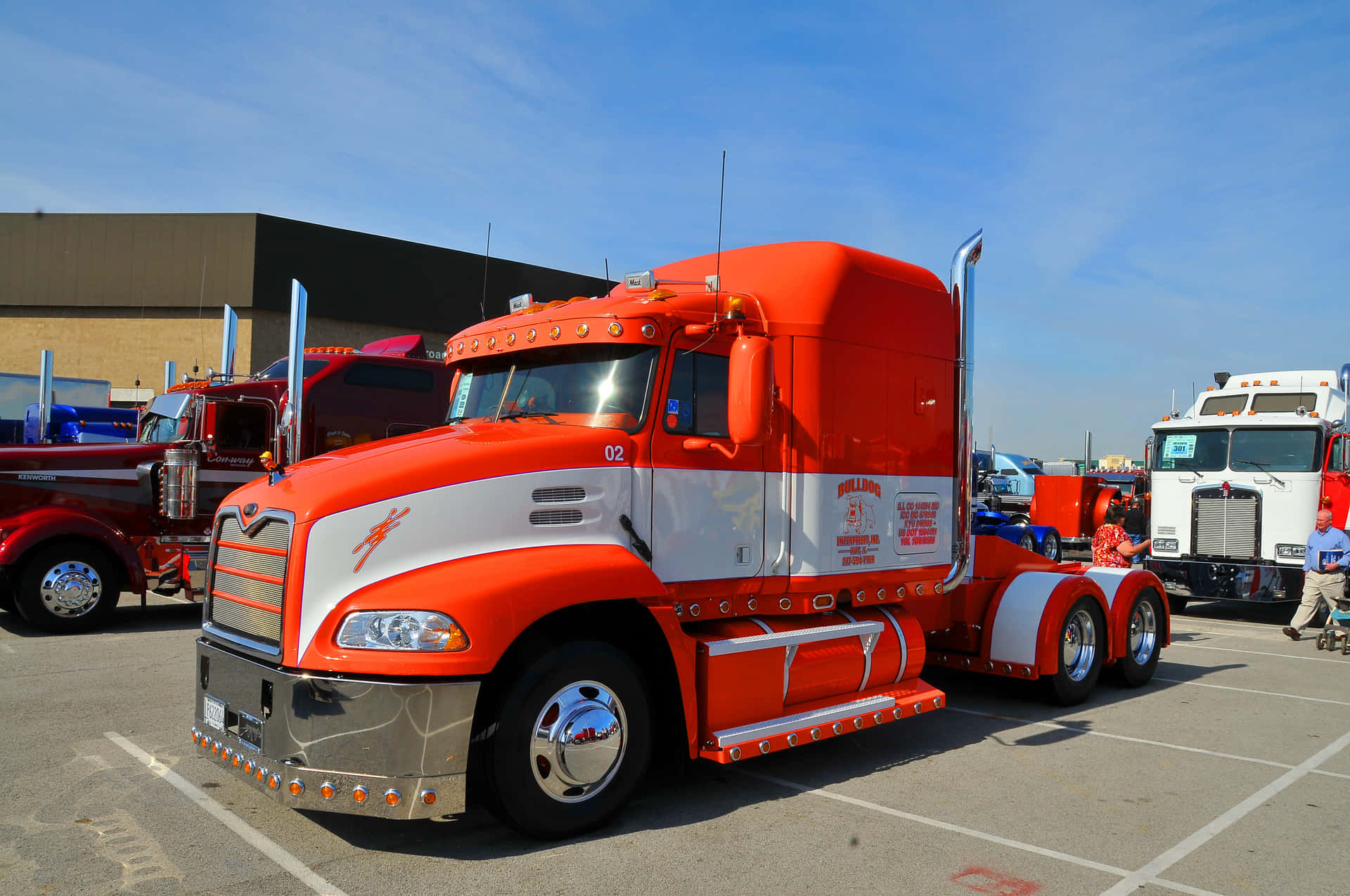
Types & Tips: Air-ride seats are highly recommended for their ability to absorb road vibrations. When selecting a truck, drivers should test the seat extensively for fit and adjustability. Regular cleaning and lubrication of seat mechanisms extend their lifespan. Challenges include limited space in day cabs and the need to balance comfort with practical storage solutions.
Climate Control: HVAC Systems
Maintaining a comfortable interior temperature is crucial for driver alertness and well-being, especially during extreme weather conditions.
Key Components:
- Heating System: Utilizes engine heat (or auxiliary heaters) to warm the cab.
- Ventilation System: Circulates fresh air and removes stale air or fumes. Includes adjustable vents for directional airflow.
- Air Conditioning (A/C) System: Cools and dehumidifies the air, vital in hot climates.
- Controls: Dials or digital interfaces for temperature setting, fan speed, and air distribution (defrost, floor, dash vents).
- Air Filters: Filter out dust, pollen, and other airborne particles, improving air quality.
Important Considerations: A well-functioning HVAC system prevents driver fatigue due to heat stress or excessive cold. Regular maintenance, including checking refrigerant levels and replacing air filters, is essential for optimal performance and efficiency. Auxiliary HVAC units or idle-reduction systems are increasingly common to allow drivers to maintain comfort without idling the main engine, saving fuel and reducing emissions.
Connectivity and Communication: Infotainment and Telematics
In today’s connected world, truck cabs are equipped with technologies that keep drivers informed, entertained, and in constant communication with dispatch and family.
Key Components:
- Radio/Audio System: AM/FM radio, satellite radio, Bluetooth connectivity for streaming music and hands-free calling. Many systems include USB ports and auxiliary inputs.
- Navigation System: Integrated GPS units or connectivity for smartphone-based navigation, providing real-time traffic updates and truck-specific routing.
- CB Radio (Citizen’s Band): Still widely used for communication between drivers, sharing road conditions, and emergency situations.
- Telematics Systems: Fleet management systems that track vehicle location, performance data, driver hours-of-service, and provide two-way communication with dispatch.
- Power Outlets: 12V DC sockets and increasingly 120V AC inverters to power laptops, small appliances, and charge electronic devices.
Practical Advice: Hands-free operation of communication and entertainment systems is paramount for safety. Drivers should familiarize themselves with these systems before hitting the road. Regularly updating navigation software ensures accurate routing. Challenges include integrating multiple technologies seamlessly and ensuring robust connectivity in remote areas.
Safety First: Essential Protective Components
Safety components are non-negotiable, designed to protect the driver and others on the road.
Key Components:
- Seatbelts: Multi-point seatbelt systems are fundamental safety devices, often featuring pre-tensioners and load limiters.
- Mirrors: Large side mirrors (flat and convex) provide critical visibility. Increasingly, heated and power-adjustable mirrors are standard.
- Visibility Aids: Rear-view cameras, side-view cameras, blind-spot monitoring systems, and even 360-degree camera systems enhance situational awareness.
- Airbags: While not as common in older heavy trucks as in passenger vehicles, frontal airbags for the driver are becoming standard, and side airbags are emerging.
- Driver-Assist Technologies: Adaptive cruise control, lane departure warning, automatic emergency braking, and driver fatigue monitoring systems are advanced features found in newer cabs, designed to prevent accidents.
Tips & Solutions: Regular cleaning and adjustment of mirrors are essential. Drivers should always use their seatbelts. Investing in or utilizing trucks with advanced driver-assist systems significantly enhances safety, though drivers must remain vigilant and not over-rely on these aids. Challenges include maintaining complex sensor systems and ensuring drivers understand their limitations.
Structural Integrity and Ancillary Systems
Beyond the core operational and comfort features, the very structure of the cab and its supporting systems play a crucial role.
Key Components:
- Cab Structure: The robust frame and paneling designed to withstand impacts and protect occupants. Features include high-strength steel, crumple zones, and reinforced pillars.
- Doors and Windows: Provide entry/exit, ventilation, and visibility. Power windows and central locking systems are common.
- Insulation and Sound Deadening: Materials used in the cab’s walls, floor, and roof to regulate temperature and reduce road noise, contributing significantly to driver comfort and reducing fatigue.
- Interior Lighting: Overhead lights, reading lights, and possibly ambient lighting, ensuring visibility within the cab during night operations.
- Electrical Distribution: The complex network of wiring harnesses, fuse boxes, and circuit breakers that power all cab components.
- Fire Extinguisher: A mandatory safety item, usually mounted within easy reach.
- Emergency Triangle/Flares: Stored in the cab for roadside breakdown safety.
Important Considerations: The structural integrity of the cab is a primary safety feature. Proper sealing of doors and windows prevents drafts and noise intrusion. Regular checks of the electrical system (fuses, wiring) prevent malfunctions. Challenges include wear and tear on door seals and window mechanisms over time, requiring replacement to maintain cab integrity and comfort.
Conclusion
The truck cab is a testament to engineering that prioritizes the well-being and productivity of the professional driver. From the ergonomic design of the controls and seating to sophisticated climate systems, advanced infotainment, and critical safety features, every component serves a vital purpose. As technology continues to evolve, truck cabs will become even more integrated, intuitive, and safer, further enhancing the driving experience and contributing to the efficiency of global logistics. Understanding these typical components is not just about knowing parts; it’s about appreciating the mobile ecosystem that empowers the backbone of our economy.
Truck Cab Typical Components: Estimated Cost Ranges (for replacement/upgrade)
Please note: These prices are estimates and can vary significantly based on truck make/model, new vs. aftermarket parts, labor costs, and geographical location. They represent typical replacement or upgrade costs for individual components, not the cost of a full cab.
| Component Category | Typical Components Included | Estimated Cost Range (USD) | Notes |
|---|---|---|---|
| Driver’s Controls & Dashboard | Steering Wheel, Instrument Cluster (digital/analog), Control Switches (HVAC, Lights), Pedals (set) | $300 – $3,000+ | Digital clusters and multi-function steering wheels are at the higher end. Basic switches are cheaper. |
| Seating & Interior Layout | Air-Ride Driver’s Seat, Passenger Seat, Sleeper Mattress, Interior Trim Panels, Overhead Console | $800 – $5,000+ | High-end air-ride seats with heating/cooling are significant investments. Sleeper components vary widely based on luxury. |
| HVAC System | AC Compressor, Blower Motor, Evaporator/Condenser, Heater Core, Control Panel, Cabin Air Filter (replacement) | $200 – $1,500+ | Compressor replacement is costly. Cabin air filter is a low-cost, regular maintenance item. |
| Infotainment & Communication | Aftermarket Head Unit (Radio/Nav), CB Radio, Telematics Unit, 12V/120V Inverter, USB/Charging Ports | $150 – $2,500+ | Basic head unit is cheaper. Integrated navigation systems and fleet telematics units can be expensive. |
| Safety Features | Side Mirrors (heated/power), Camera Systems (rear/side), Seatbelt Assembly, Airbag Module (if applicable), Sensor for ADAS | $250 – $3,000+ per item | Mirrors can be costly due to heating/power features. Advanced Driver-Assistance Systems (ADAS) sensors are high-tech and pricey. |
| Structural & Ancillary | Door Assembly (shell only), Window Regulator, Door Seal, Interior Lights (LED upgrade), Sound Deadening Material, Fuse Box | $100 – $1,000+ per item | Door assembly price is for shell; full assembly with glass/motor/trim is higher. LED lighting upgrades are common and cost-effective. |
| Misc. Interior Amenities | Cup Holders, Storage Bins, Floor Mats, Interior Grab Handles | $20 – $200+ | Generally lower-cost items, often replaced for aesthetic or minor functional improvements. |
Frequently Asked Questions (FAQ)
Q1: What are the most important components for driver comfort?
A1: The air-ride driver’s seat is arguably the most critical component for comfort, significantly reducing fatigue from road vibrations. A well-functioning HVAC system, ergonomic control placement, and effective sound insulation are also paramount for creating a comfortable environment.
Q2: How often should I inspect or maintain my truck cab components?
A2: Many components, like the cabin air filter, should be checked or replaced annually or every 15,000-30,000 miles. Electrical connections and lighting should be part of daily pre-trip inspections. Seat mechanisms, door seals, and window operations should be checked during regular service intervals (e.g., every 3-6 months) for wear and tear.
Q3: Are aftermarket cab components as good as OEM (Original Equipment Manufacturer) parts?
A3: It varies. For some components like infotainment systems, lighting, or basic storage solutions, high-quality aftermarket options can offer excellent value and even superior features. However, for critical safety components, structural parts, or complex electronic modules, OEM parts often ensure proper fit, function, and reliability, especially given the rigorous testing they undergo. Always research the brand and read reviews.
Q4: What are the latest technological trends in truck cab components?
A4: The biggest trends include:
- Digital Dashboards: Customizable, high-resolution displays replacing traditional analog gauges.
- Advanced Driver-Assistance Systems (ADAS): Integrated radar, cameras, and sensors for features like adaptive cruise control, lane keeping, and automatic emergency braking.
- Enhanced Connectivity: Sophisticated telematics for fleet management, Wi-Fi hotspots, and seamless smartphone integration.
- Improved Ergonomics and Comfort: More advanced seat adjustments, refined interior materials, and better noise reduction.
- Smart Sleeper Cabs: Integrated appliances, improved climate control for off-duty hours, and advanced entertainment systems.
Q5: How can I improve the air quality inside my truck cab?
A5: Regularly replace your cabin air filter (often located behind the glove box or under the dash). Ensure your HVAC system is functioning correctly to filter incoming air. Avoid idling in areas with heavy exhaust fumes. Some drivers also use portable air purifiers.
